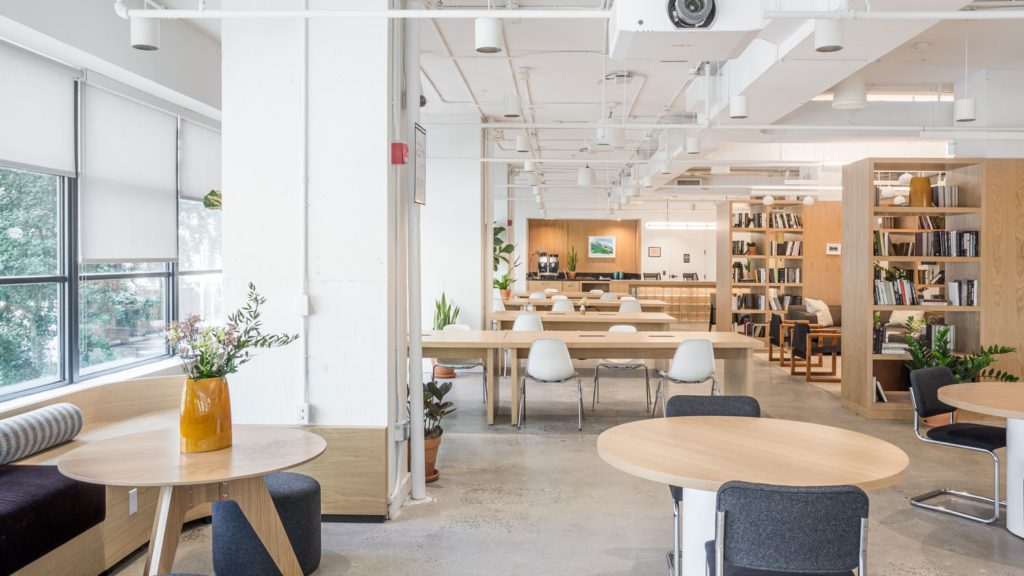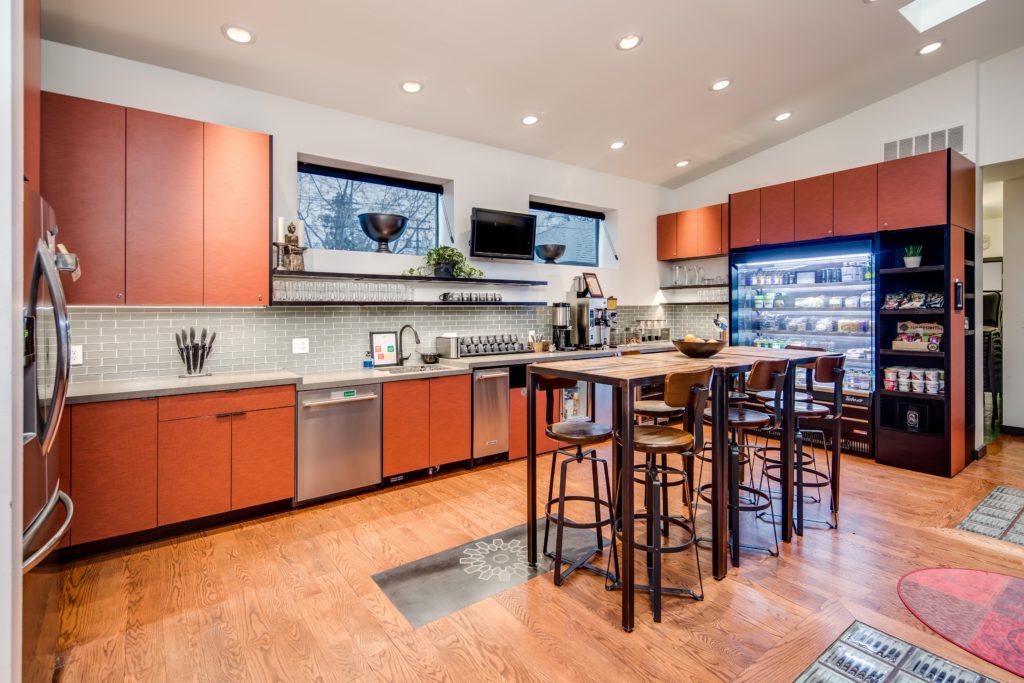
For any expanding company, moving into a new office space is an exciting milestone. Understanding how to rent a business space successfully can unleash enormous potential for your company’s future, whether your organization is just getting started or you’re currently conducting large-scale operations.
On its own, figuring out how to obtain office space in your neighborhood isn’t difficult. However, you may have some difficulties in locating a lease that does not put your budget at risk while also providing you with the location and amenities you desire. Furthermore, for new tenants who don’t know what questions to ask, the lease-negotiation process might be intimidating.
When it comes to renovating your office space or locating a new office space to lease, there are numerous variables to consider. It’s also vital to remember that employees require four distinct locations in the office where they may focus, interact, learn, and socialize.
We’ve put up a complete guide to finding a new office space that can help you and your company thrive.
1. Office location is key.

The location of your workplace is critical regardless of the type of business you run. Look for an office that is easily accessible and convenient for both staff and clients. Check if the nearby buildings are inhabited by growing businesses and if the surrounding area is safe.
Ascertain if the office is easily accessible by automobile or low-cost public transportation. Although metropolitan suburbs are normally less expensive, they may be inaccessible to your clientele. Your office location may have an impact on your company’s reputation; clients’ perceptions of your company may be shaped by their relationship with a specific neighborhood.
2. Determine the office space and facilities you need.

When looking for office space to rent, determine how much space your company requires and make room for your growth. To save money, avoid renting a small office, as this might have a detrimental impact on productivity. On the other hand, there’s no reason to overpay for extra room. If at all feasible, find an office that already has a layout that meets your demands – for example, work space, storage, and the quantity of plug outlets and connectors – as making changes can be costly. The kind of improvements you can make to an office space are sometimes restricted by office lettings agreements.
Large open floor plans provide the most flexibility, allowing you to partition the area as needed to accommodate extra desks and furnishings without having to make expensive alterations.
Determine health and safety requirements to see if rented office space has proper ventilation, temperature controls, lighting, restrooms, and kitchen facilities. If you need to work outside of usual business hours, look for an office with 24-hour access.
3. Look for shared offices.

Many small companies opt to rent shared offices or serviced offices, which include a variety of services and amenities as part of the lease. Office furniture, wifi, kitchens, lounge and storage areas, as well as support services like security, concierges, and receptionists, are all examples of shared facilities.
Serviced offices are ideal for small business start-ups since they allow you to focus on the crucial work of building your company without having to worry about the cost of furniture and equipment. Serviced office leases are often shorter than traditional office leases, allowing you to swiftly shift locations as your business needs change.
4. Think about office parking.
When looking for a business location, the availability of parking for staff and clients is critical. Parking spaces on your own rental property are desirable, but free or inexpensive street parking or adjacent council-owned car parks can suffice. If this isn’t an option, consider negotiating special rates, times, or parking tickets with privately-owned parking lots near your workplace.
5. Consider sharing office space.

If you don’t require so much space, consider sharing your office with another company. This will save you money, and it is often better if you share with a business that is comparable to yours. With this corporation, you’ll need to sign a business deal.
6. Plan your exit strategy.
Despite your best efforts and thorough considerations, certain circumstances may force your firm to cancel your lease, so you’ll need an exit strategy if the office space fails to fulfill your demands in the future.
Natural disasters, changes in business demographics, structural flaws, and other unforeseen occurrences are just a few examples.
Shorter-term office leases may necessitate having a contingency plan in place to be able to depart or move if the need arises.
7. Don’t forget the hidden costs.
When renting office space, the topline figure on a contract doesn’t always reflect what you’ll pay in the end. Check your lease to see what’s included, and don’t forget to budget for any additional fees or expenditures. Utilities expenses, construction costs, maintenance and repair charges, moving fees, insurance, and tax on rent are examples of these. (READ: Everything you need to know about renting a private office space)
8. Make sure the lease is clear.

It’s one thing to know what’s included when renting your first office space. You should also double-check that all of those clauses are included in the lease. You don’t want to accept your landlord’s word for it that some utilities are included, only to be charged for them later because your lease didn’t explicitly specify it.
9. Have a backup plan.
After you’ve done your research, make a shortlist of up to five office spaces that fulfill all or most of your requirements. Make a list of advantages and disadvantages so you can better analyze your options. Consult with key personnel to determine the most appropriate office space for your company. Have a backup plan in case your initial choice falls through. Talk to a leasing facility or an office space specialist if you have any further reservations.
Summary
Finding and selecting an office space that meets your company’s needs is a difficult task. Follow the guide above to ensure that the office space you ultimately want is optimized for enhanced productivity, better collaboration, and improved employee engagement.

Enterprise software development experience. More recently in positions including CTO, Lead Developer and Head of Product in Australia. Deep expertise in property and legal technology in Australia with a specialty in lead generation and tech scalability across Asia-Pacific.